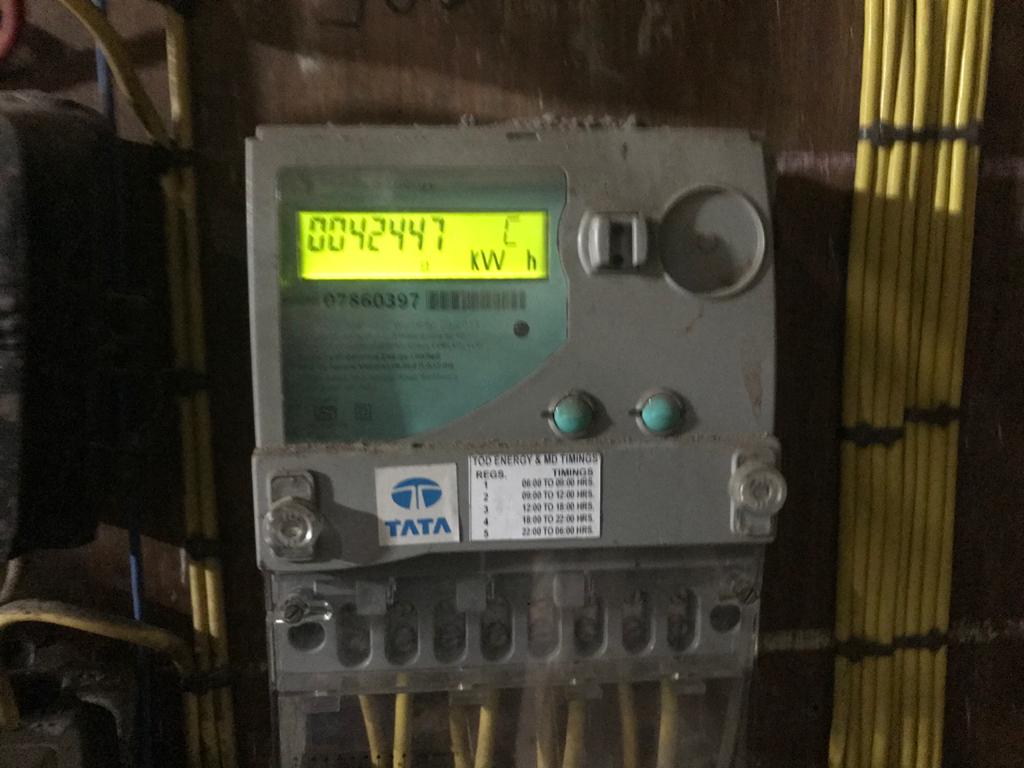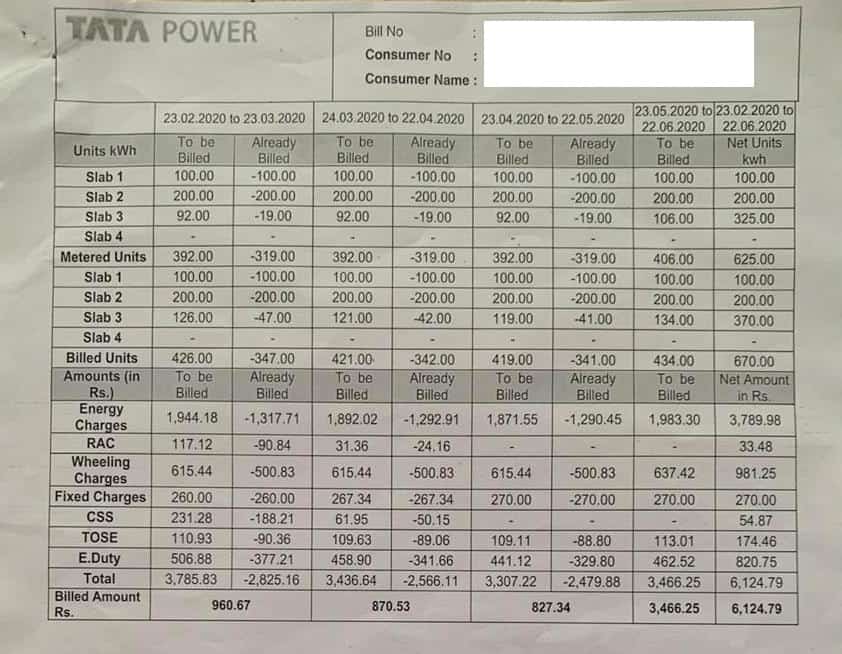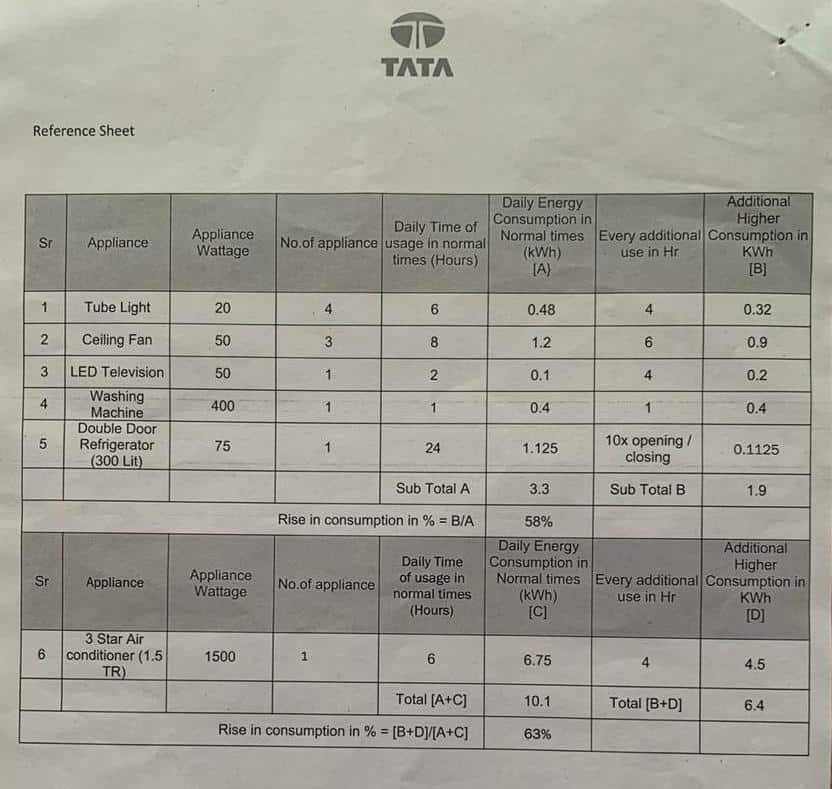Unlike other cities in the country, Mumbai has a complex structure of electricity distribution.
To begin with, there are multiple electricity distributors. There is the state owned Bruhanmumbai Electric Supply and Transport (BEST) and a Public Sector Undertaking, Mahavitaran (MSEDCL). The two major private players are Tata Power and Adani Electricity.
In the Western suburbs of the city, customers can choose between the private distributors. So if you are living in an apartment complex, it’s quite possible that you and your next door neighbour receive power from different companies.
When customers received their bills in June, they were in for a massive shock.
It all started with text messages from Adani, indicating bill amounts several times the usual. Many were slapped with bills as high as Rs 50,000 when they normally paid not more than Rs 15,000 – thrice the amount!
It was not long before customers of Tata Power, who have a different billing cycle, started complaining too. Everyone, it seemed, was receiving unusually high electricity bills, despite having paid the bills through the months of COVID-19 lockdown.
Common people and celebrities took to social media, tagging the electricity companies for an answer.
Here’s what happened: since representatives of the electricity company could not make a physical trip to different building societies for fear of catching the virus, when lockdown commenced in March, the practice of taking meter readings was suspended. The Maharashtra Electricity Regulatory Commission (MERC) instructed the electrical companies to continue billing customers based on the average of the previous months.
Let us look at one building complex, Whispering Palms Xxclusives in Lokhandwala Township, Kandivali East. The last meter reading by Tata Power was on 22nd February while Adani’s was on 6th March. Tata Power billed for the three months March, April and May, based on the last reading while Adani Electricity based it on the average of the previous three readings.
If customers were in a position to take their own meter reading, they were encouraged to do so, and upload the readings and a picture of the meter on the respective portal on a scheduled date.
This would enable billing based on actual consumption rather than an estimate. Ironically, not many customers seemed to have received the text messages sent out by the company, unlike the text containing the bill amount. So, most customers would have been billed based on the estimates.

In June, after the city began opening up, electricity companies restarted taking meter readings wherever possible. Therefore, most of the bills issued in June were based on actual meter readings. The bill would include the consumption in the May-June cycle and the shortfall/excess billing in the earlier months that were issued on estimates.
People did their own math and claimed to find errors in the readings and/or calculations. Over the last month, there have been protests in front of the distribution companies’ offices and the local MLAs and MPs got involved.
Many customers suspect the excess units to have gone into the highest slab rate and that was the reason for the high bills. A really easy way to bill customers would have been to just multiply the slab limits for the four months. This was not possible because the tariffs were revised with effect from 1st April, and hence month by month calculations were required.
For example, for Tata Power, the fixed charges were increased, as have been the slab rates for upto 300 units. There is a decrease in the rates for 301 units and above.

Tata Power attached a letter attached with the physical June bill explaining the calculations in the past few months. According to the letter, “while recalculating the bills for past months, the slab benefit (0 to 100, 101 to 300, 301 to 500 and Above 500) was also considered for the respective periods.” A separate sheet explained the entire billing calculations, month by month.

The letter went on to assure customers that the meter and the meter reading taken were both fine and that the reason for the high bill was because of previous months’ arrears and increased consumption due to lockdown. A sample reference sheet indicated how consumption patterns can differ when you are staying at home 24×7.

The letter said,
“The upsurge in consumption can be attributed to onset of severe seasonal change in summer in Mumbai. We would like you to consider your increase in consumption due to the present lockdown situation in which the entire family was forced to stay put at home resulting in enhanced consumption (compared to last year’s consumption) due to extended usage of major electrical equipment such as fans (family members at home for all 24 hours), television, refrigerator (frequent opening and closing of the door results in higher consumption), lights and in some cases air conditioners. The pandemic conditions and self-imposed hygiene factors forced consumers to use geysers (even in summer), washing machine (multiple cycles per day) resulted in higher consumption. We are sure that this consumption trend may reduce in monsoon.
We urge you to check your pattern of usage in the last 3 to 4 months specially in the view of COVID 19. It is observed that consumption during lockdown period is higher compared to consumption during the same months of the previous year due to significant change in lifestyle brought in by lockdown.”
Adani that faced a lot of flak for inflated bills, issued amended bills to the customers and explained the calculations on their website here.
On 30th June, MERC directed the power distribution companies not to interrupt customers’ power supply for non-payment without resolving their grievances. They also directed them to bring transparency in payment charges, take a serious note of complaints of overcharging during the lockdown period, and set up a monitoring mechanism to resolve the complaints.
MERC also said that any customer whose bill was more than double of the average for the amount charged from March to May, would be given the option of paying the bill in three equated monthly instalments (EMIs).
So what do you do if you have got a high electricity bill?
1. Do the calculations after considering the total units used between the actual readings, tariff rate and other extras. Check that you have been given the benefit of energy charges slab rate for every month. Note that units billed will be higher than units metered due to compensation for wheeling losses, and there are several other charges such as cross subsidy, wheeling charges, asset charges, electricity duty and taxes. The total bill is usually 40-50% higher than the energy charges.
Physically check your meter reading as well. Though it may be well past your billing date, it will still give you an idea of your consumption.
2. If you find an error, contact the company to ask for clarifications, calculation details and corrections.
BEST South Mumbai +91-22-22799559 / North Mumbai +91-22-24194549
Mahavitaran customercare@mahadiscom.in / Twitter @MSEDCL
Tata Power customercare@tatapower.com / Phone 19123 / Whatsapp 7045116237 /Twitter @TataPower
Adani Electricity Helpdesk.MumbaiElectricity@adani.com / Phone 19122 / Whatsapp 9594519122 / Twitter @Adani_Elec_Mum
3. If you cannot pay the amount in one shot, you can ask for the EMI option if you are eligible.
How can you ensure correct billing and reduce your electricity consumption?
1. If meter readings are not being taken, you yourself take the reading and send it along with a photo of the meter, to the relevant electricity company. Refer company website for details of how and where to send.
2. Use natural light and natural ventilation/cooling as far as possible.
3. Share room space with the family so that the lights, fans and ACs are used efficiently.
4. Switch off lights, fans and ACs not in use.
5. Avoid sleep mode on appliances; put switches of appliances off when not in use.
6. Unplug plugs (like chargers) when not in use.
7. Don’t rely on the thermostat of the geyser and iron box when they are on; keep them on only as long as necessary.
8. Check the settings on the washing machine, dish washer – use of hot water and many cycles increases power consumption.
9. Check the refrigerator cooling.
10. Use energy efficient lights and appliances as far as possible.
Very well written, precise, and informative article
My point is in every bill they are charging wheeling charge , wheeling charge should not be taken by customer it’s included in bill of unit cost . Very good article of common Citizen matter. Jay Hind. A Veteran of Indian Navy.
Do the governments of the day have any consideration about the fact that most of the people did not have any income in the last 4 months? If the citizens did not earn a penny, how would they pay such high amounts. Can’t there be a rebate for these testing times? Or Are we still living as slaves of tyrants who can’t even afford to let go the taxes on top of such high bills?